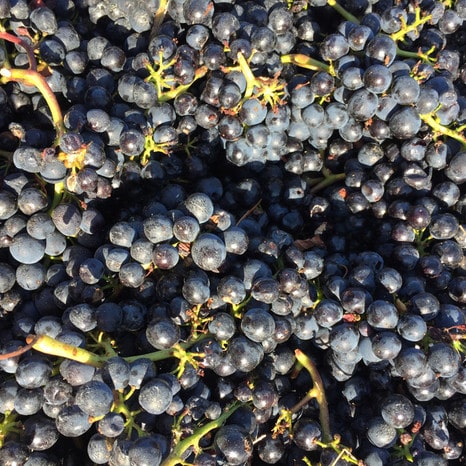An automated grape yield estimation system
Baden Parr – Massey University, Auckland
Dr Mathew Legg – Massey University, Auckland
Accurate yield estimation is critical for successful vineyard and winery management.
Vineyards often have contractual requirements to wineries to produce a predetermined yield and quality of fruit. Vineyard yields will fluctuate year to year and wineries may not purchase more crop than required. The optimal yield for every vineyard is determined by a multitude of characteristics unique to the vineyard’s location, its soil makeup, and climate. If a vine is carrying more fruit than optimal, the quality of the fruit at harvest will be negatively impacted. Accurate yield estimations also allow vineyard managers to plan for the coming season such as organising vats, barrels, and labour.
Early estimation of yield can allow vineyard managers to take preventative measures. If a yield is predicted to be too large, then early pruning or water restrictions can be used to thin fruit. Low yield estimates can be improved by careful management of vine nutrients and water levels during the bloom and véraison stages of growth.
Historically, yield estimation has been achieved in several ways. Traditional approaches predict a seasons yield based on historical results and weather conditions. Historical data may be combined with periodic visual inspections that determine cluster counts and berry sizes. Even though this approach can provide robustness to seasonal variations, it is labour intensive, time consuming, and prone to human error. For best results, manual inspections need to be carried out regularly from bloom to harvest.
An automated process for yield estimation is desirable as it could remove human error and increasing the available frequency of estimates. A range of techniques have been investigated for automatic yield estimation. Approaches that use laser scanners to generate and analyse high resolution digital representations of vines have produced good results. Yet the equipment cost and sheer volume of data that needs to be processed restricts its usefulness in real environments. Computer vision techniques have also been investigated. These use variations in colour to locate and count grapes captured by high resolution RGB (Red Green Blue) imagery. These approaches face several practical challenges including limited colour contrast between grapes and the surrounding foliage along with variations in lighting due to unpredictable shading from leaves.
NZ Wines has provided the Rod Bonfiglioli Scholarship to fund a project that aims to develop a novel automated grape yield estimation system based on exciting immerging technology. Research will be conducted closely alongside the New Zealand wine industry to understand and address their needs with a focus on practical solutions for a future commercial output.
This article first appeared in the June / July 2018 issue of the New Zealand Winegrower magazine.

















